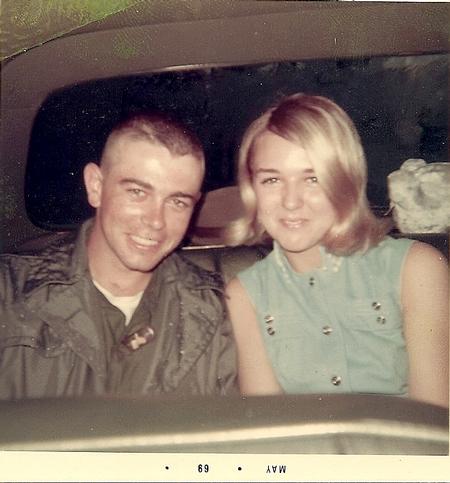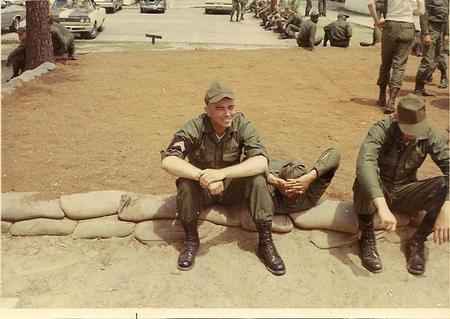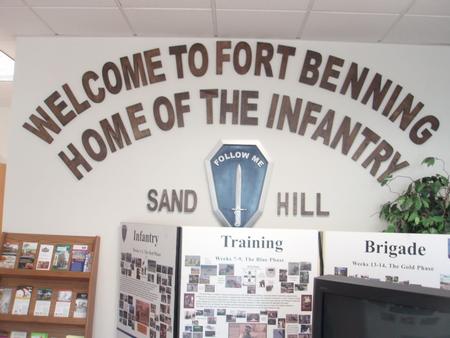ABOUT Sandia Base Army Hospital
- Origin: Sandia Base Army Hospital was established in the late 1940s as part of Sandia Base, a critical site supporting the U.S. atomic weapons program in Albuquerque, New Mexico.
- Support for Atomic Testing: The hospital primarily served military and civilian personnel involved in nuclear weapons development, maintenance, and testing during the early Cold War era.
- Secrecy and Security: Due to the highly classified nature of Sandia Base operations, the hospital operated under strict security protocols, and its activities were often shrouded in secrecy.
- Nuclear Accidents: The hospital staff were specially trained to handle radiation exposure and injuries related to nuclear materials, an unusual specialization among military hospitals at the time.
- Medical Innovations: The hospital contributed to advancements in radiation medicine, developing protocols for decontamination and emergency treatment still referenced today.
- Cold War Tensions: During the height of the Cold War, the hospital was part of contingency plans for treating casualties in the event of sabotage, accidents, or nuclear incidents at Sandia Base.
- Integration with Civilian Community: Over time, the hospital also provided medical services to families and support staff, becoming a key healthcare provider in the local military and civilian community.
- Women's Army Corps: The facility was notable for employing members of the Women’s Army Corps (WAC), who served as nurses and medical technicians at a time when women’s military roles were expanding.
- Transition and Closure: As the Cold War wound down and Sandia Base merged into Kirtland Air Force Base in the 1970s, the hospital’s mission diminished, eventually leading to its closure and demolition.
- Legacy: Today, Sandia Base Army Hospital is remembered for its unique contributions to military medicine, nuclear safety, and the history of America’s atomic age. Its site is now part of the sprawling Kirtland AFB complex.






.jpg)